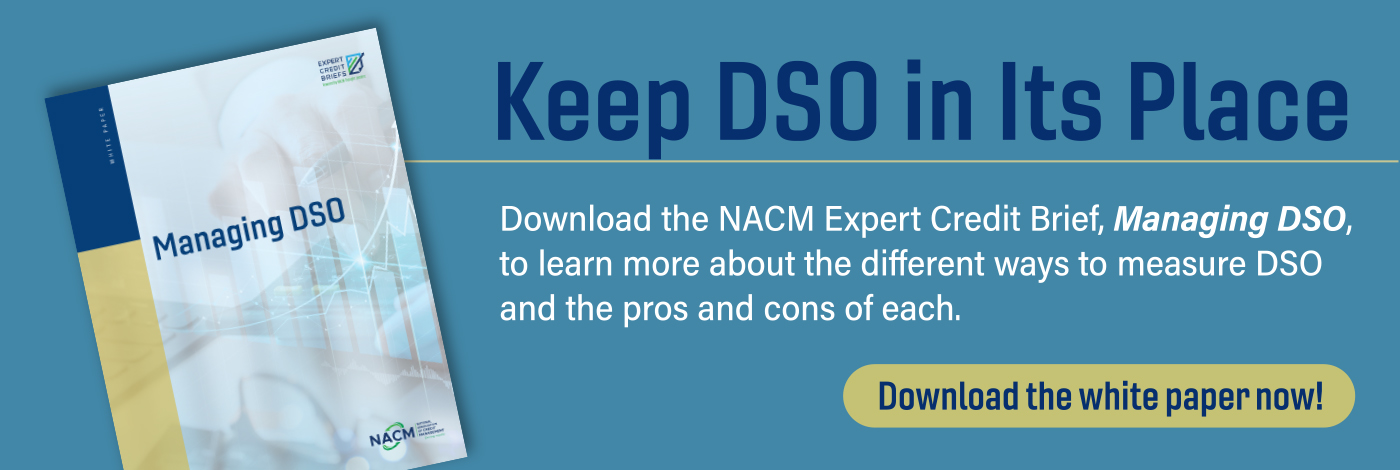
2025 B2B Credit Insights: Data-Driven Decisions in a Digitized Era
B2B credit management is subject to constant change. With each year comes new tools, trends, and best practices that reshape the trade credit landscape.
This white paper, in partnership with Nuvo, uncovers how credit managers are achieving their goals today, how that is different from their approach yesterday, and how they plan to accomplish their jobs in the future. Here we share the modern strategies that credit managers use to complete their core responsibilities and create value for their organizations.




